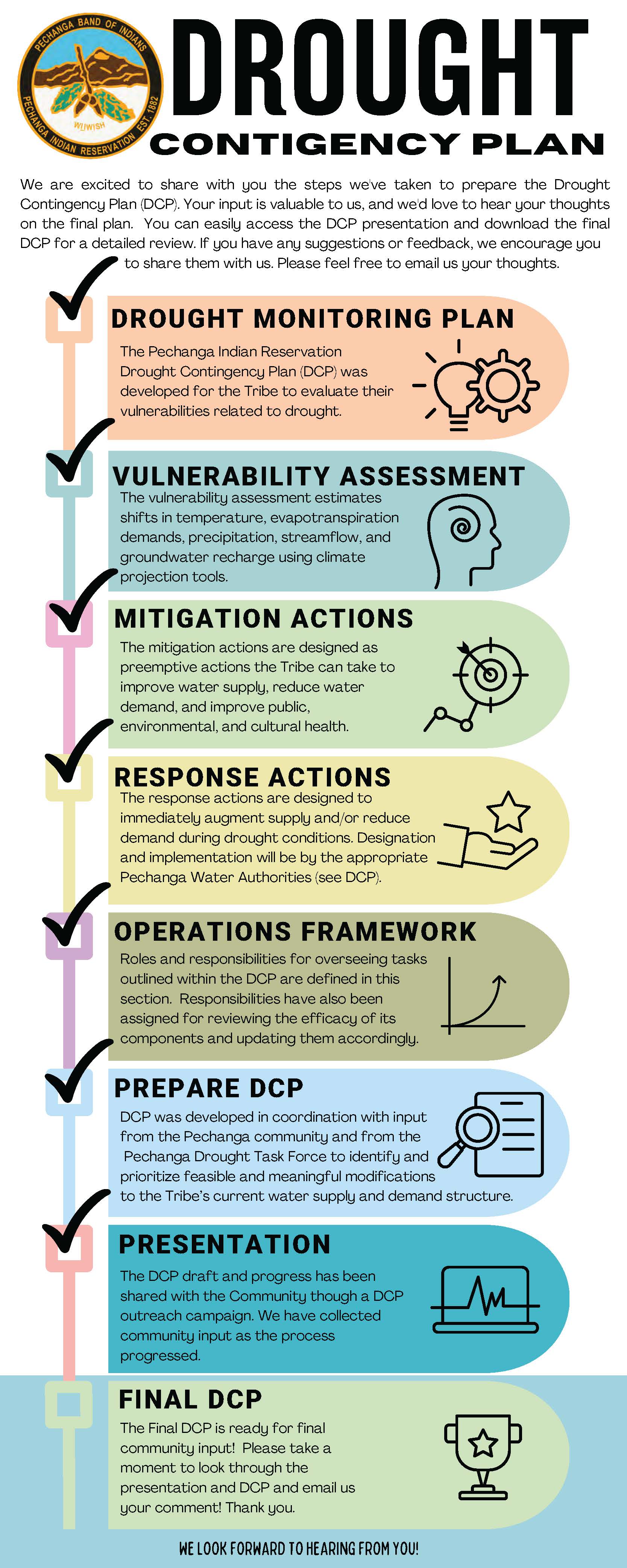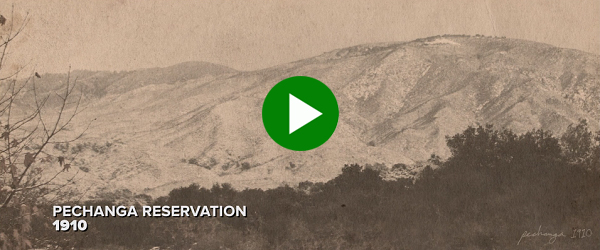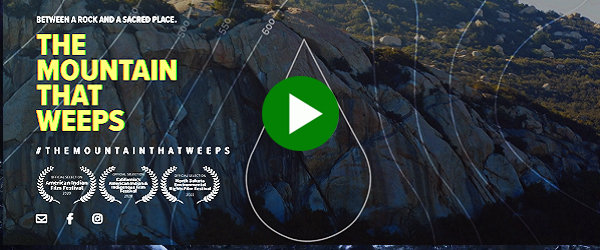Pechanga Fire Department - Emergency Management
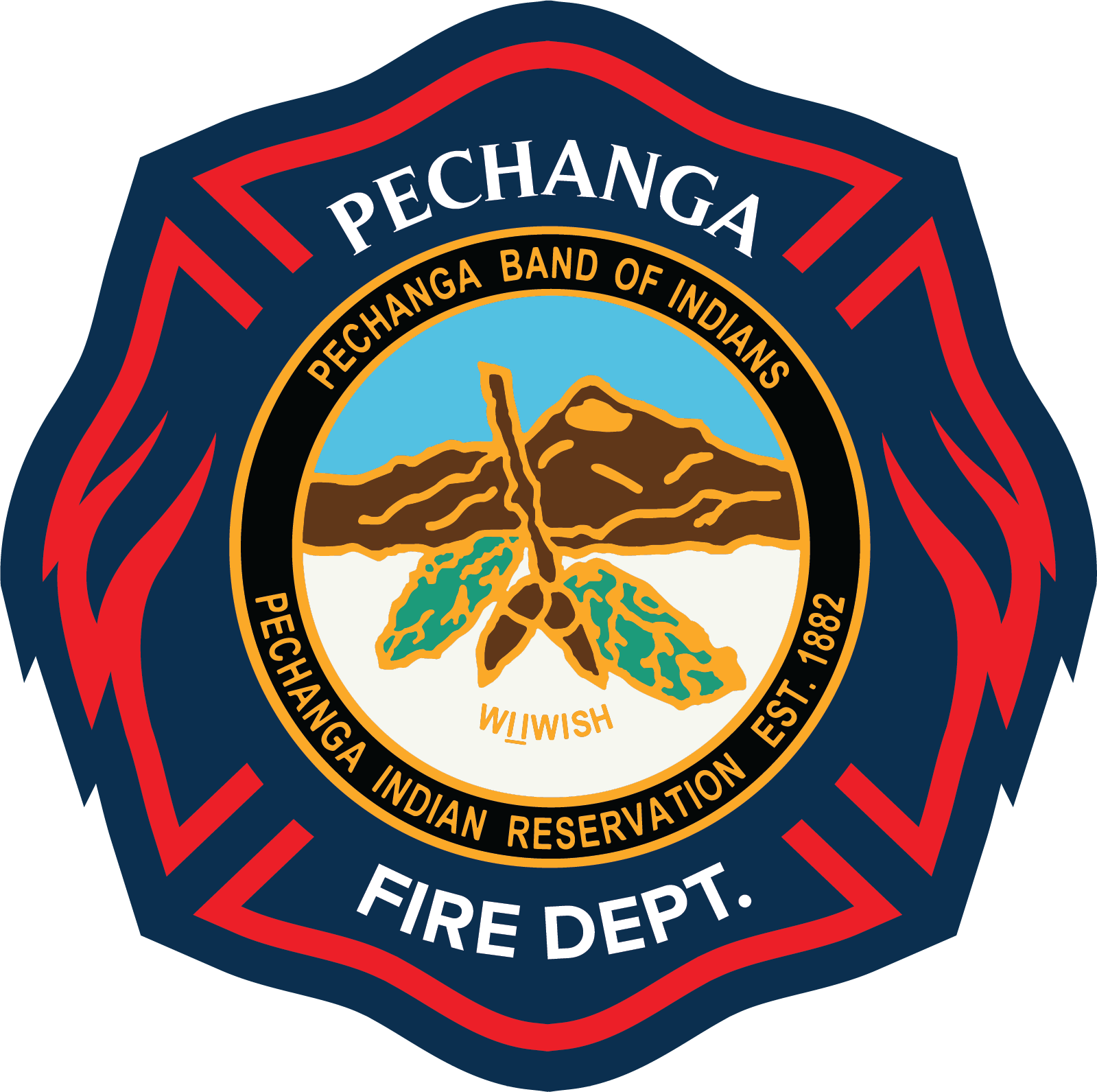
Emergencies begin and end locally, and Pechanga's Fire Department are that first line of response. Taking stapes to reduce vulnerabilities , cope with disasters and liaising with other jurisdictions are important aspect of emergency managements day-to-day functions. Emergency Managers work with other public safety partners as well as other organizations to: * PREPARE * MITIGATE * RESPOND * RECOVER * from an emergency.
Emergency Management
Pechanga Notification System
 Stay “In the Know” When it Matters Most! Register at:____________ , complete an Enrollment Form at Ranger Dispatch, or visit the QR Code Below.
Stay “In the Know” When it Matters Most! Register at:____________ , complete an Enrollment Form at Ranger Dispatch, or visit the QR Code Below.
Participation is voluntary and requires registration. Notifications will be sent by Ranger Dispatch and Pechanga Fire for such events as wildland fires, smoke conditions, reservation evacuations, severe weather, active attacker, and other critical events.
Notifications can be sent via SMS (text) message, email, or phone call
EMERGENCY PREPAREDNESS TIPS
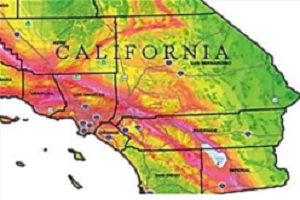
EARTHQUAKE
An earthquake is a sudden, rapid shaking of the ground caused by the shifting of rocks deep underneath the earth’s surface.
Read More
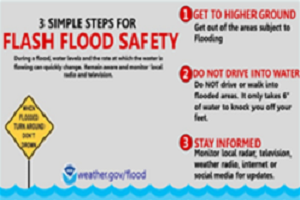
FLOOD
Flooding is a temporary overflow of water onto land that is normally dry. Floods are the most common disasters in the United States. Failing to evacuate flooded areas or entering flood waters can lead to injury or death..
Read More
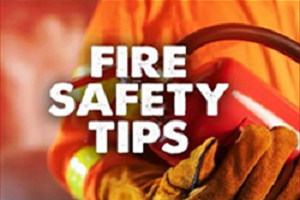
FIRE
Wildfires are unplanned fires that burn in natural areas like forest, grasslands or prairies. These dangerous fires spread quickly and can devastate not only wildlife and natural areas, but also communities.
Read More
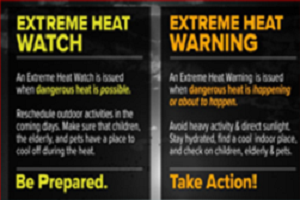
HEAT WAVE
Extreme heat is a period of high heat and humidity with temperatures 90 degrees for at least two to three days. In extreme heat your body works extra hard to maintain a normal temperature, which can lead to death.
Read More
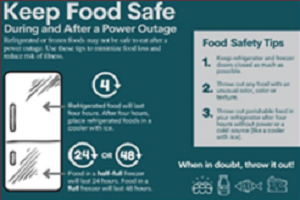
OUTAGE
Extended power outages may impact the whole community and the economy. A power outage is when the electrical power goes out unexpectedly.
Read More
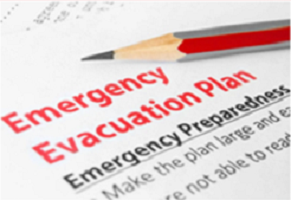
EVACUATION
You may have to evacuate quickly due to a wildfire. Learn your evacuation routes, practice with household, pets and identity where you will go.
Read More
Back to top
EMERGENCY PLAN
Back to top
EMEGRGENCY MANAGEMENT TRAINNING
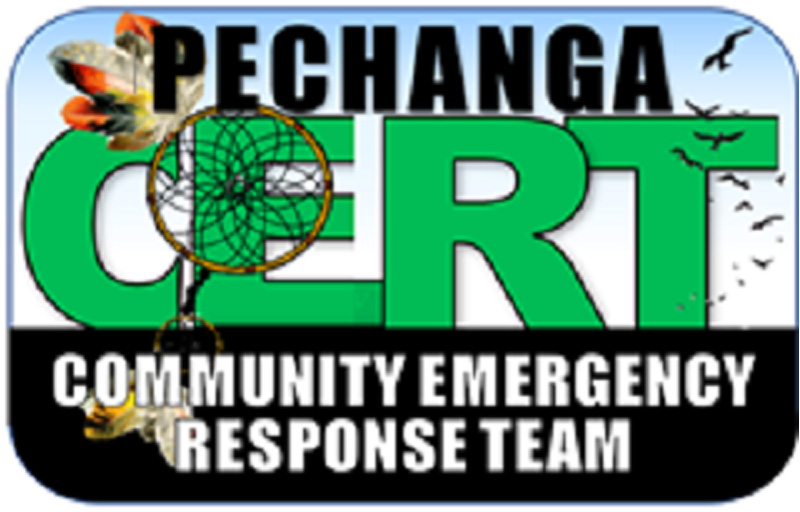
CERT disaster preparedness training, practical exercise includes hands-on instruction in fire suppression, search and rescue, cribbing and medical treatment. Only those who successfully complete all units will receive a certificate of completion. The class is open to all Pechanga employees and tribal members.
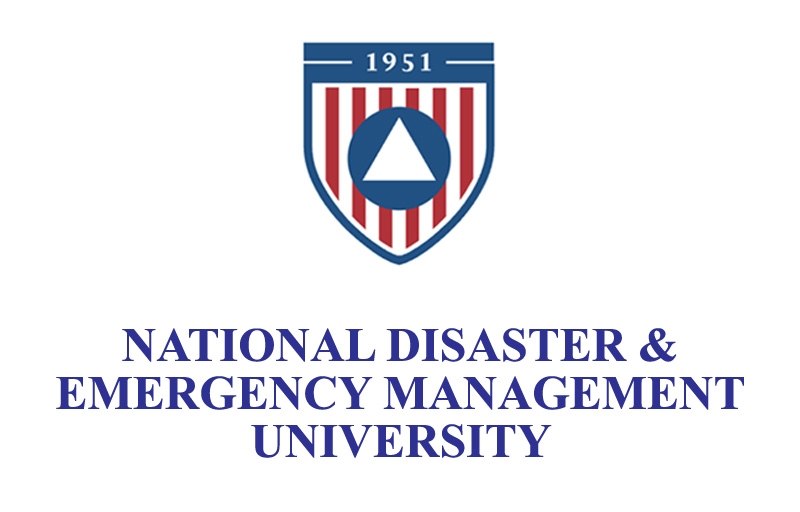
The Emergency Management Institute (EMI) offers self-paced courses designed for people who have emergency management responsibilities and the general public. All are offered free-of- charge to those who qualify for enrollment

The CSTI Fire and Rescue Training Unit provides training and exercise support through the highly acclaimed California Specialized Training Institute
Email or Call for more information 951-770-6012
This email address is being protected from spambots. You need JavaScript enabled to view it.
Back to top
EARTHQUAKE PREPAREDNESS
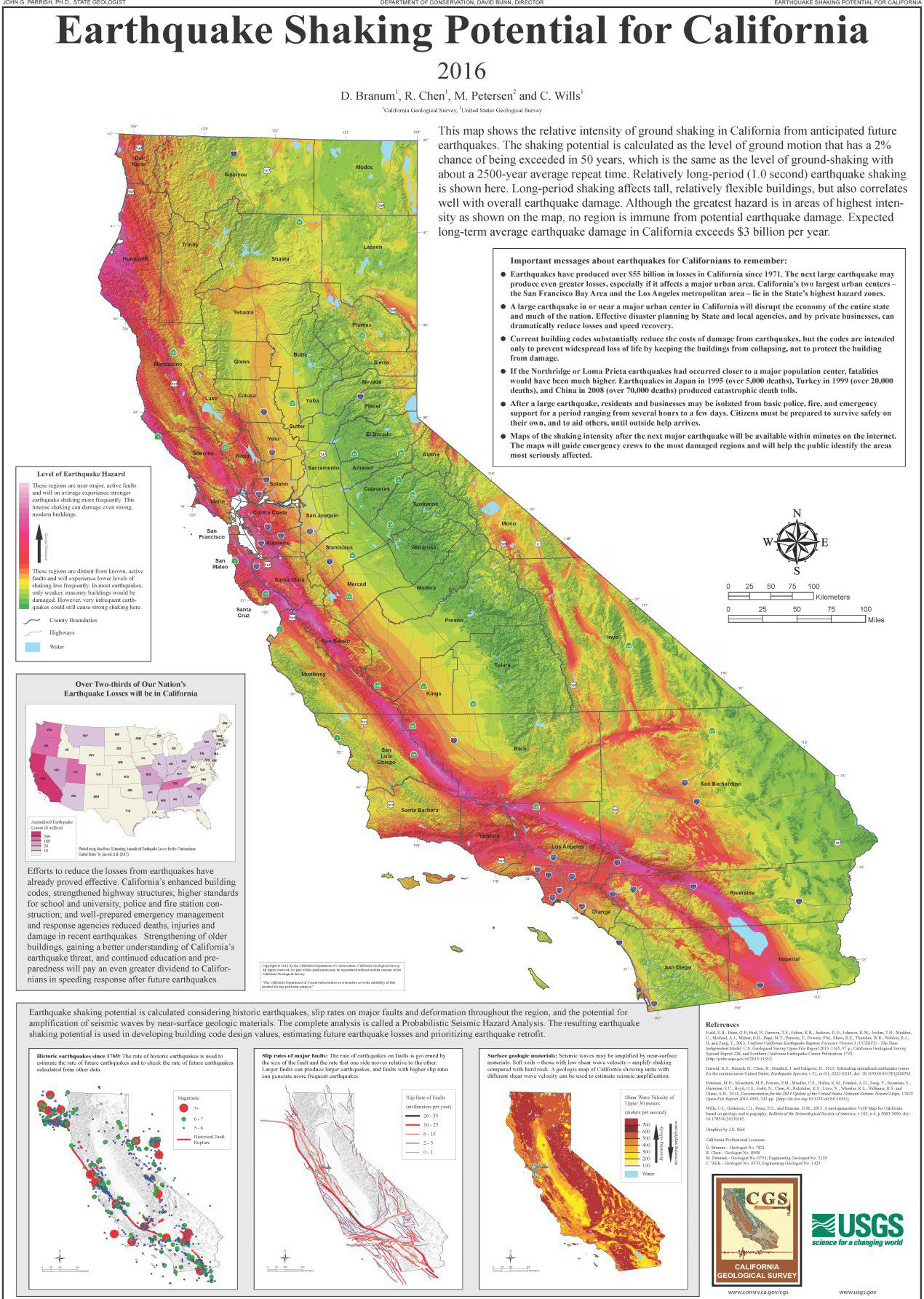
Before the next big earthquake (or other emergency) in your area, do whatever you can to get prepared so you will survive and recover quickly. These four steps each contain a basic set of recommended actions for how to get prepared at home or in the workplace. Many are free or low cost solutions.
Start with Step 1 by securing a potential danger in your home, something that is easy and fast to accomplish. For example, move a heavy object from a high location closer to the floor. This only will take a minute and will prevent the object from falling onto someone or causing damage.
You don’t need to complete all of the actions in each step before beginning the next.
Step 1:Step 1:Secure your space by identifying hazards and securingmoveable items.
Step 2:Plan to be safe by creating your emergency plan anddeciding how you will communicate.
Step 3:Organize emergency supplies in convenient locations.
Step 4:Minimize financial hardship by organizing importantdocuments, strengthening your property, and consideringinsurance coverage.
You can complete one item a day, one a weekend, or one amonth. Just remember that earthquakes strike withoutwarning, so you want to get as many completed BEFORE theshaking starts. Soon you will be prepared to survive and recover!
Back to top
FIRE PREPAREDNESS

Fire Safety
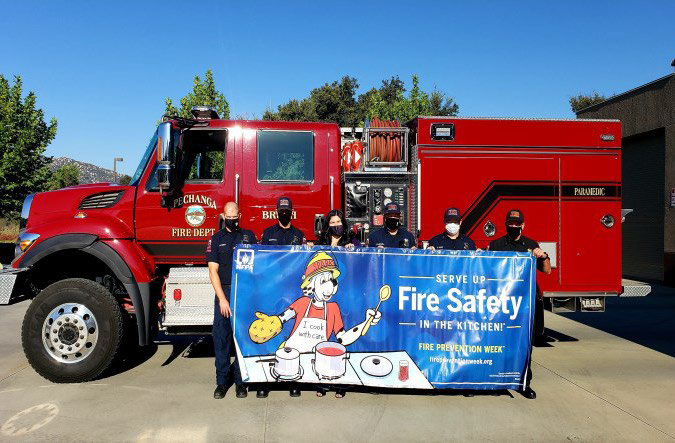
Back to top
POWER OUTAGE PREPAREDNESS

Power Outage
Back to top
FLOOD PREPAREDNESS
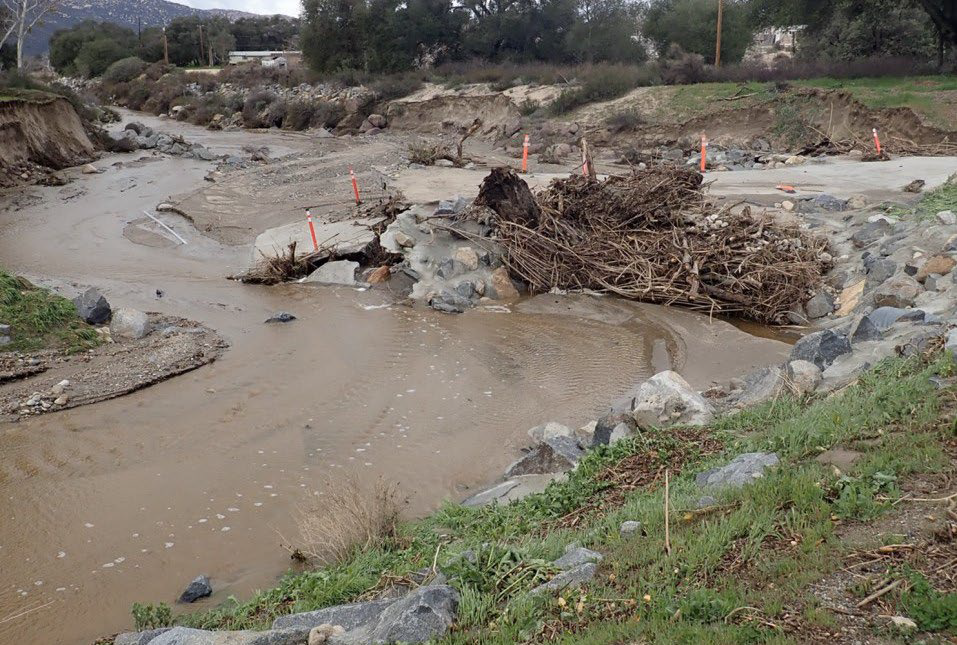
Flood Safety
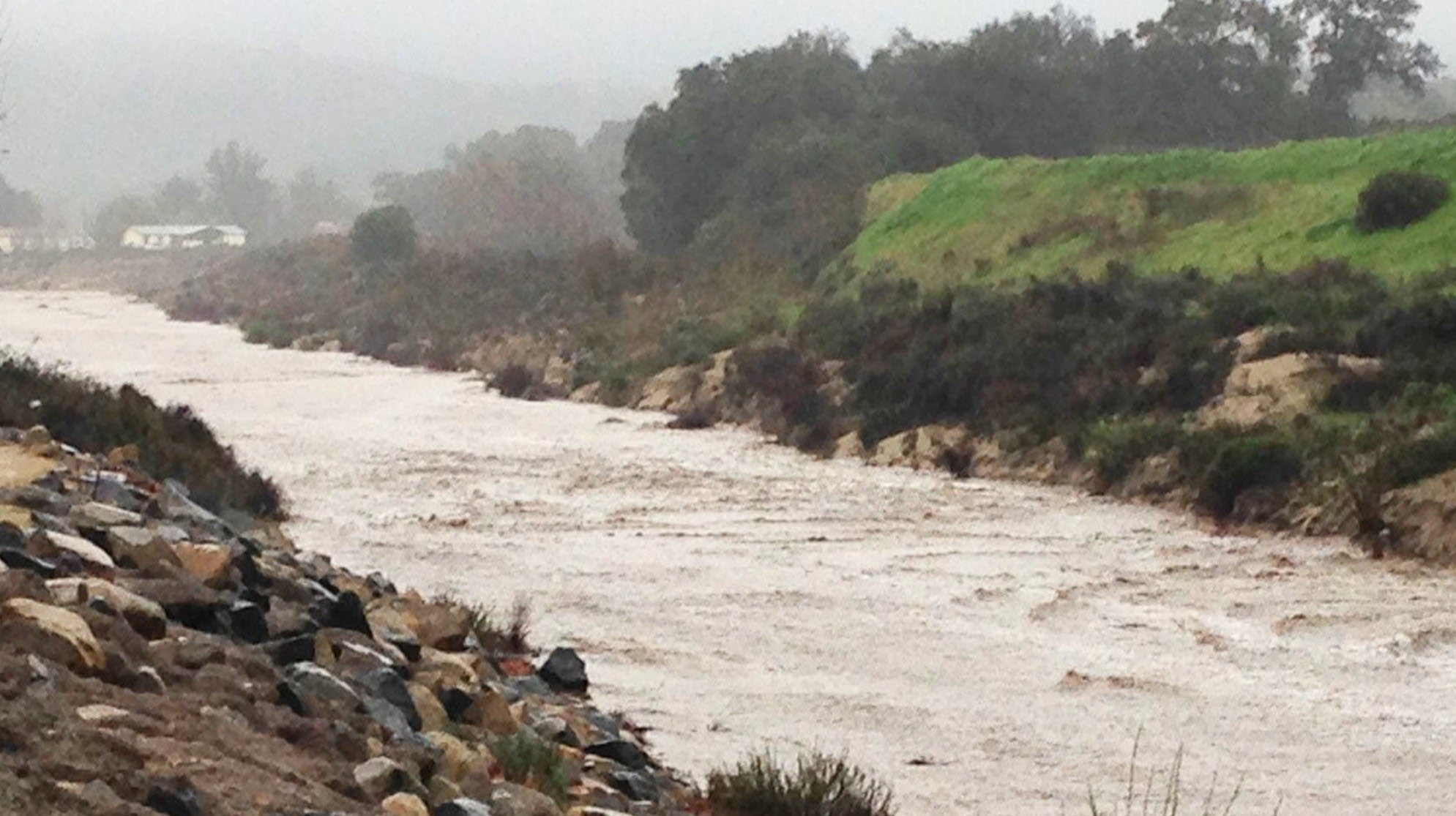
Back to top
HEAT WAVE PREPAREDNESS


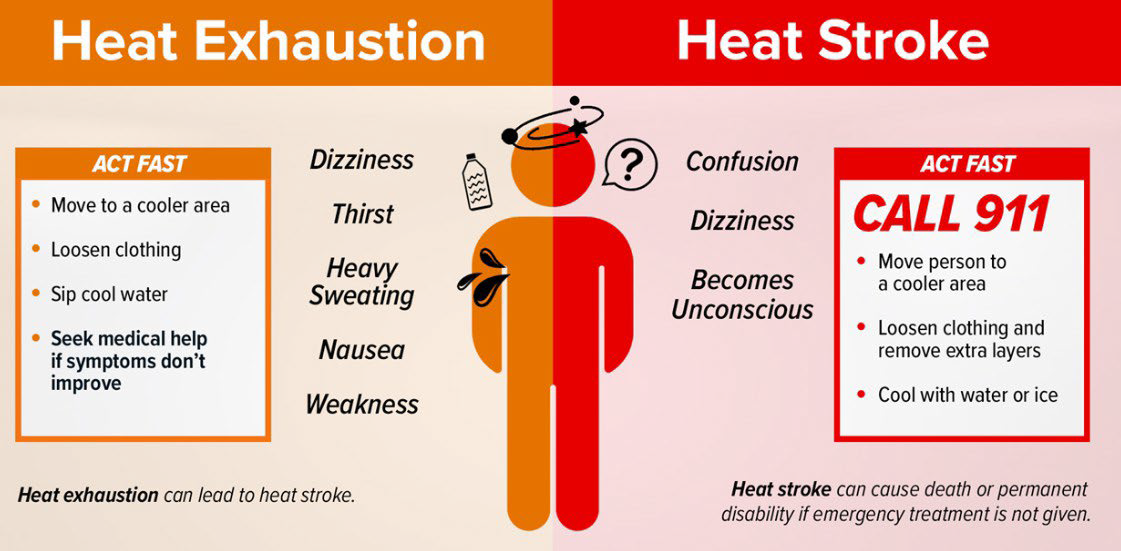
EXTREMELY HEAT
Understand Your Risk and Hazard. Summer heat can be especially dangerous for older adults, those who work outside, people with certain health conditions, and those without access to air conditioning. It’s important to recognize the signs of heat exhaustion, heat cramps, heat stroke and ways to respond. While all heat-related illnesses can require medical attention, heat stroke is always a medical emergency. If you experience or notice someone else experiencing the symptoms of heat stroke, call 9-1-1 and get the person to a cooler place right away.

Back to top
EVACUATION PREPAREDNESS
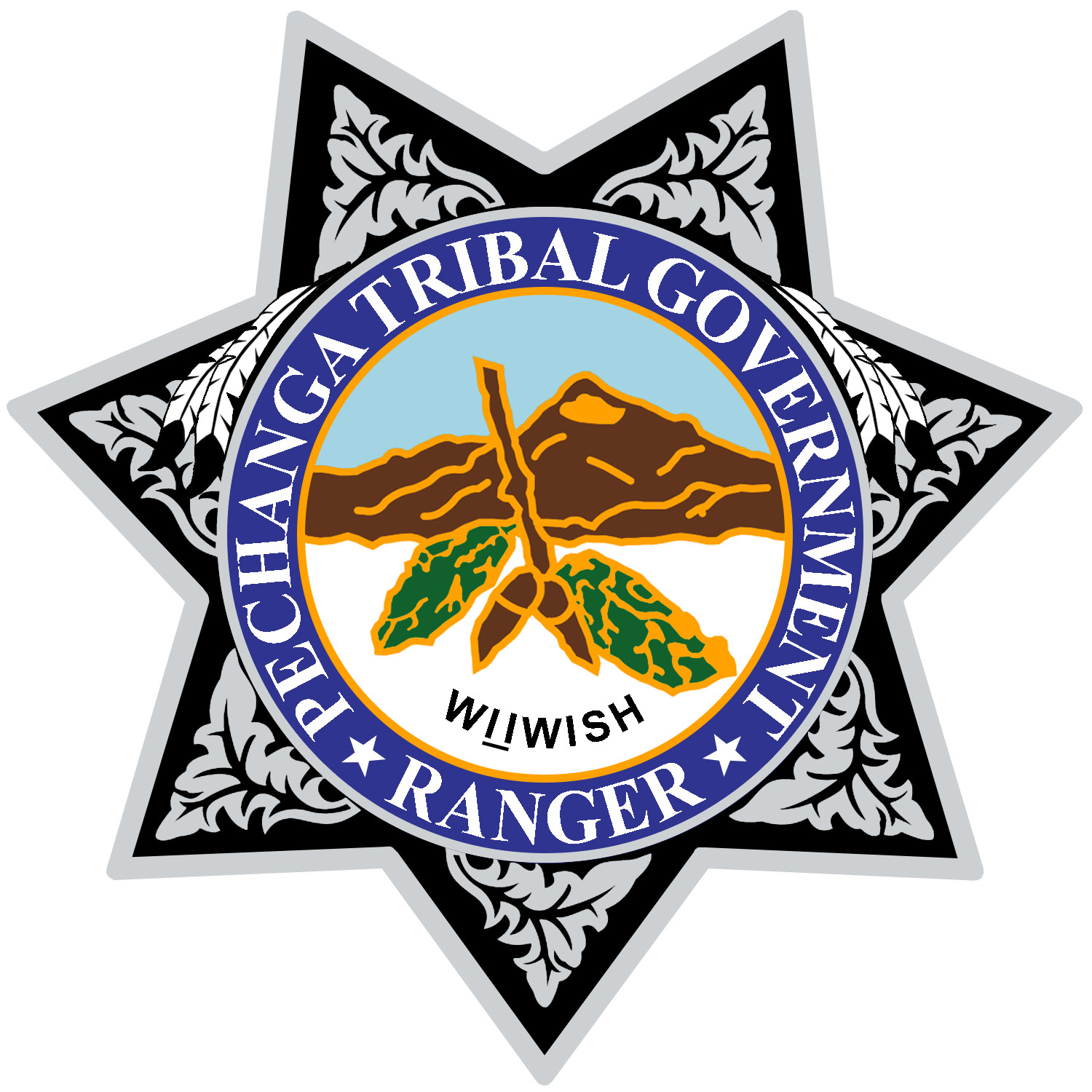

Evacuation Terminology
- Evacuation Order
Immediate threat to life. This is a lawful order to leave now. The area is lawfully closed to public access.
- Evacuation Warning
Potential threat to life and/or property. Those who require additional time to evacuate, and those with pets and livestock should leave now.
- Shelter in Place
Go indoors. Shut and lock doors and windows. Prepare to self-sustain until further notice and/or contacted by emergency personnel for additional direction.
EVACUATION PREP TIPS
Back to top
CONTACT
Zuzzette Bricker, CEM
This email address is being protected from spambots. You need JavaScript enabled to view it.
951-770-6012
Quick Links
- https://www.ready.gov/be-informed
- Emergency Supplies
- Preparing Makes Sense
- Pet Owners
- People with Disabilities
- Commuter Emergency Plan
- https://csti-ca.csod.com
- https://readyforwildfire.org/prepare-for-wildfire/
- https://www.sce.com/outage-center





